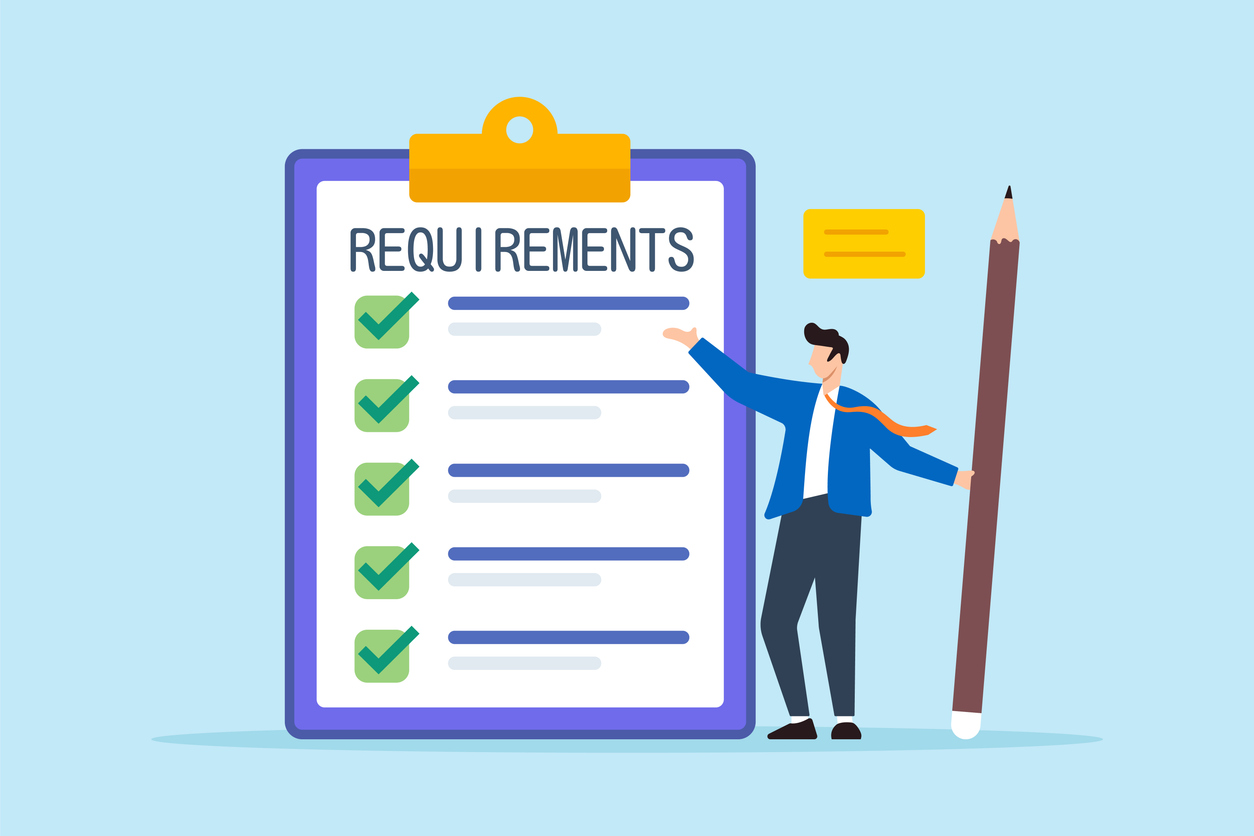Procure-to-pay (P2P) is a business process that encompasses all activities involved in obtaining goods or services from a third-party supplier.
It’s an important process as it enables the business to acquire goods and services efficiently and at fair prices, while also ensuring timely delivery, quality, and compliance with relevant laws and regulations.
An effective procure-to-pay process provides a number of benefits including:
Improved Compliance: Following standardized, documented processes ensures that procurement activities are in line with an organization’s policies and regulations.
Increased Efficiency: An efficient, automated P2P function speeds up the process to find suppliers and make purchases, enabling employees to quickly get the goods and services they need while also reducing time spent on procurement administration.
Cost Control: P2P provides a variety of controls to help manage costs with suppliers. The process ensures requirements are properly scoped, prices are fair and invoices are reviewed against contracted terms to minimize the risk of overpayment.
Better Supplier Relationships: Negotiating fair deals and paying suppliers on time helps you build trust and establish a good reputation with your suppliers and the broader supplier-community at large.
When creating P2P policies and procedures, the following steps in the process should be defined and documented.
Step 1: Needs Identification and Requirements Development
The first step in the procure-to-pay process is when a business owner identifies the need for a good or service, and documents the associated requirements. The good or service could be something that the business does not currently have or one that needs to be replaced or replenished.
Requirements development is one of the most critical steps in the P2P process. Poorly defined requirements always lead to misaligned expectations with suppliers. This, in turn, results in inaccurate quotes, inadequate deliverables and cost overruns. Despite the natural desire to move quickly, it’s important for business owners to get their requirements right.
Step 2: Sourcing Approach
Once requirements are determined, the business owner then determines the best approach for sourcing. This involves evaluating purchasing options and selecting the one that best meets the needs of the business owner and the organization. Options generally include, but are not limited to:
- Buying from an existing contract/catalog with a current supplier
- Making a simple purchase from a preferred supplier (typically for low cost, low risk purchases)
- Conducting a competitive solicitation through a request for quotation (RFQ) or a request for proposal (RFP) process
In organizations with a decentralized procurement function, sourcing decisions are typically managed by the individual business owners. In organizations with a centralized procurement function, decisions are made by (or in coordination with) the procurement department.
The end goal of sourcing should be to obtain the required goods or services as quickly as possible, at the fairest price, and with a vendor that presents a level of risk that is acceptable to the organization.
Step 3: Purchase Requisition
Once sourcing has been determined, the next step is to submit a purchase requisition. The requisition provides details of the goods or services to be purchased, such as the quantity, specifications, and delivery dates. It also provides a control, ensuring that the required approval(s) are obtained before a purchase can be made.
When a request to purchase through a catalog is made, the requisition includes the actual items being requested for purchase. This allows fast approval of the catalog items, and for the purchase to be placed automatically with the supplier once the requisition is approved.
When a non-catalog purchase request is made, the business owner includes either the quote or proposal from the supplier (if the business owner performs sourcing) or a detailed set of requirements and instructions to the procurement department (if procurement performs sourcing). Regardless of who performs the sourcing, the purchase requisition must be approved to move forward in the P2P process.
Step 4: Negotiation
Depending on the size and complexity of the purchase, there may be a need for additional negotiation as well as the execution of a contractual agreement such as a Master Services Agreement (MSA) and/or Statement of Work (SOW).
Depending on the organization’s structure, this is done by the business owner or in partnership with procurement and/or legal.
Step 5: Purchase Order
Once all terms have been negotiated and approved, a purchase order (PO) is typically issued. The purchase order is a legally binding document that outlines terms, including the details of the goods or services, the price, the delivery timelines, and the payment terms.
Not all companies use purchase orders. However, POs are an important control in the P2P process. A PO ensures that requirements and terms are clearly communicated to the supplier, and enables a more efficient reconciliation of invoices on the back end.
Step 6: Receiving
Once the supplier delivers the goods or services, an employee receives them and verifies that they meet the requirements specified in the PO. This involves inspecting the goods or services for quality, quantity, and compliance with any applicable laws or regulations. In the case of services, this would include a formal process to review and accept whatever ‘deliverables’ have been defined between the organization and the vendor.
Step 7: Invoice Approval and Payment
The final step in the P2P process is to approve the invoice and pay the vendor. Depending on the type of goods and services that were purchased, the business owner or procurement department are typically responsible for verifying the supplier’s invoice against the purchase order. Once the invoice is approved, the supplier is then paid per the agreed-upon payment terms.
Overall, the procure-to-pay process is a vital process for businesses of all sizes. However, depending on an organization’s size and industry, some steps may be more important than others. For example, the receipt and examination of goods is more important for a manufacturer than it is typically for a professional services company.
As with any process related to managing vendors and suppliers, just be sure to align your policies and procedures to the industry, needs and complexity of your own organization.




















 Tom is a trusted advisor on procurement and third-party management to organizations across the United States. Having worked with over 120 organizations over his 30-year career, he has a unique ability to bring creativity and discipline to finding solutions for even the most complex challenges his clients face.
Tom is a trusted advisor on procurement and third-party management to organizations across the United States. Having worked with over 120 organizations over his 30-year career, he has a unique ability to bring creativity and discipline to finding solutions for even the most complex challenges his clients face.



